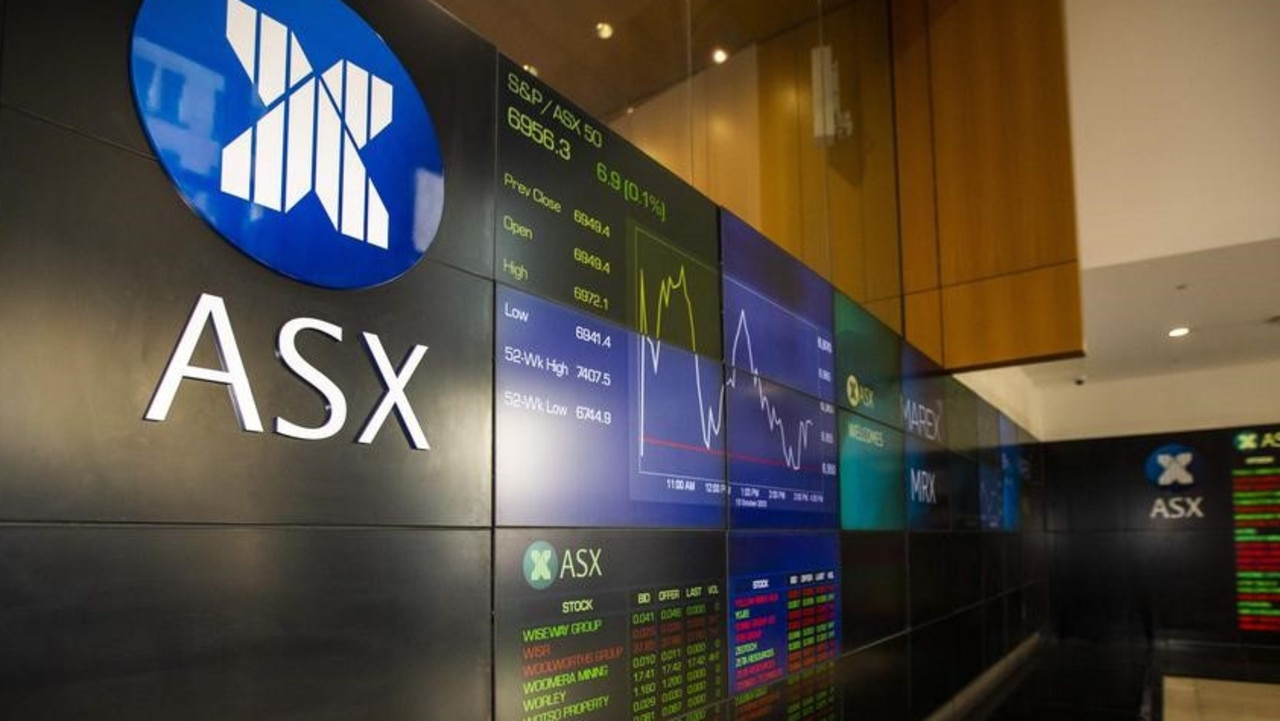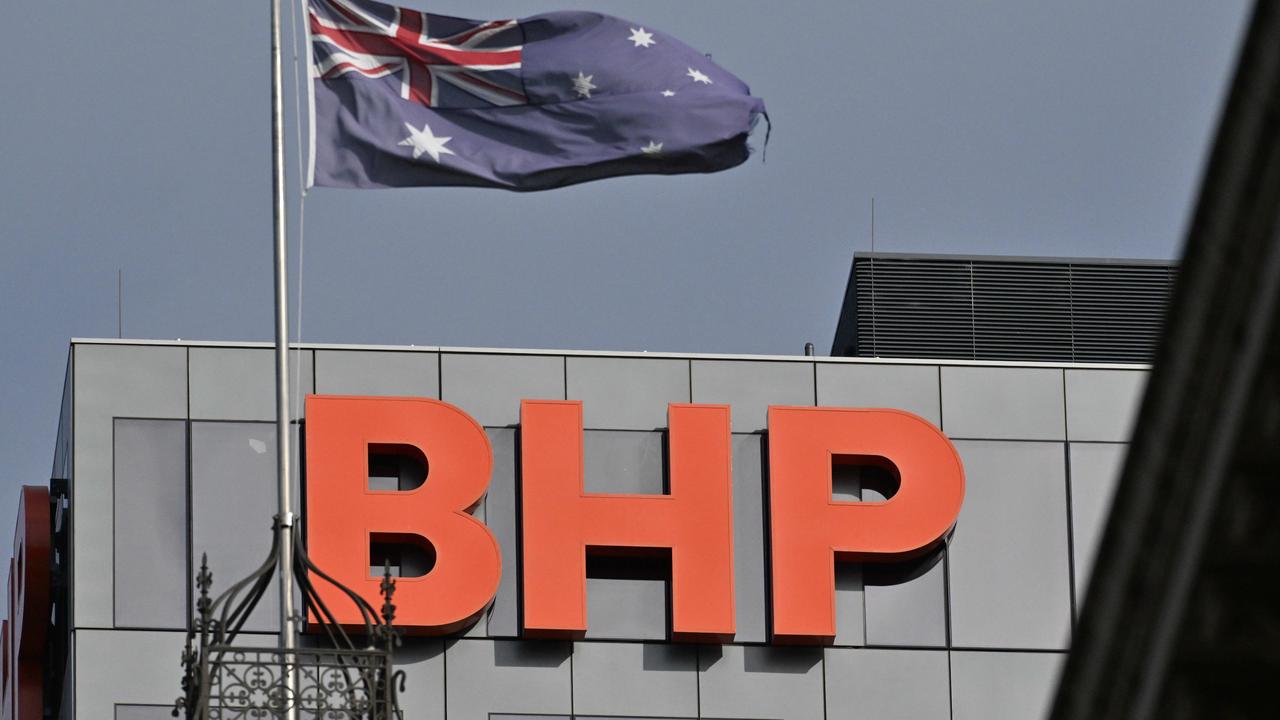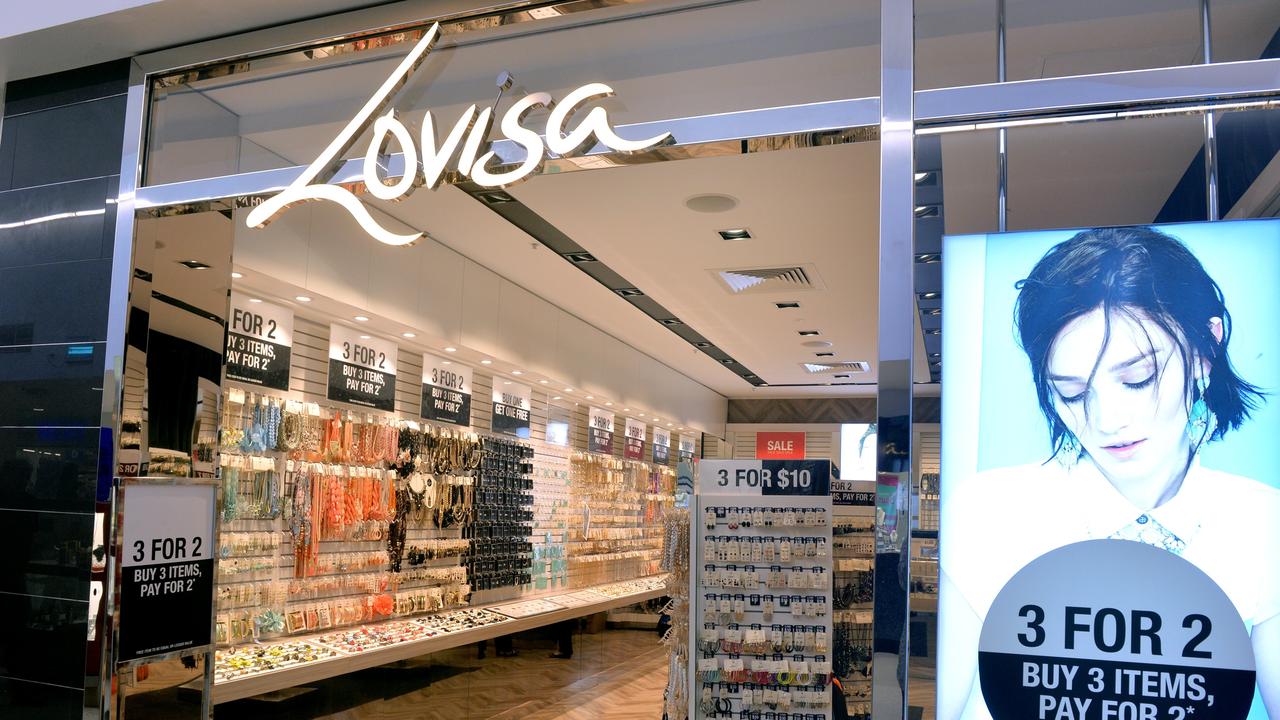ASX closes down on Tuesday, BHP and Coles up after posting annual profits
The Australian share market finished down on Tuesday, following sagging results from jeweller Lovisa and sluggish performance from Zip and Johns Lyng.
Following an optimistic burst on Monday, Australia’s sharemarket took a more cautious tone, slipping lower on Tuesday following some less-than stellar end-of-year results.
Jewellery chain Lovisa, Zip and construction group Johns Lyng Group helped dragged down the markets.
Soft initial gains on the S&P/ASX200 in the morning fell flat by the afternoon, with the market closing 13.3 points lower, or 0.16 per cent to 8071.2.
The broader All Ordinaries index closed at 8271.1, dropping 14.1 points, or 0.17 per cent, while tech stocks drooped below Monday’s gains, falling by 29.5 points, or 0.87 per cent to 3362.9.
At the close of markets, the Australian dollar was steady, remaining at 67.7 cents against the US Greenback.

Better-than-expected profit results from BHP buoyed the materials sector after it reported a US$13.7bn ($20.2bn) profit, and an increase in revenue by 3 per cent to US$55.7.
Reflecting the growth, the mining giant rose 1.24 per cent to $41.35 at close
eToro market analyst Josh Gilbert said BHP’s future perform will be dependent on China’s economic trajectory, and could be challenged by a “slowing economy and a struggling property market”.
“BHP has faced a challenging environment this year, with China’s stop-start recovery leading to significant volatility in global commodity prices. Iron ore, in particular, has slumped by over 26 per cent this year, reflecting the broader uncertainty,” he said.
“Nevertheless, BHP’s status as the world’s lowest-cost iron ore producer gives it a competitive edge, allowing it to maintain strong margins and navigate current market volatility more effectively.”
Fellow energy giant Woodside also inched 3.94 per cent to $27.42. Despite slumping revenues nearly $2bn, investors were buoyed by higher-than-expected dividends of US69c ($1.01) per share.
In total, five of the 11 sectors on the ASX were up, with energy reporting the most notable gain, up 2.34 per cent.
Real estate remained unchanged, with the information technology falling by 1.33 per cent. However month-on-month the sector was still posting an 11.6 per cent growth in performance.
Supermarket giant Coles also posted a $1.1bn annual profit in the 2023-24 financial year, increasing by 2.1 per cent year-on-year.

Chief executive Leah Weckert said the bump was largely driven by consumers eschewing eating out for a home cooked meal, and gains in its online offerings.
Mexican fast food outlet Guzman y Gomez also exceeded its earning expectation
Despite a choppy movement through Tuesday, the ASX darling closed at $37, its highest price to date since the chain went public on July 20.
Dragging down the ASX, jewellery retailed Lovisa crashed by nearly 18 per cent throughout the day, closing 4.84 points, or 13 per cent lower, to $32.45, after posting weaker-than-expected profits for FY23.
Buy-now-pay-later scheme Zip also fell by 7.93 per cent to $2.09, while the biggest loss dip was led by building and construction firm Johns Lyng Group, which closed with a 27.11 per cent to $4.06.
The company hit its lowest dip since March 2021 following its full-year results, reporting a $1.16bn drop in revenue year-on-year of 9.6 per cent.

Health tech manufacturers Nanosonics was Tuesday’s top performer rising by 22.6 per cent to $3.31. Releasing its full-year results, it reported a 2 per cent sales revenue boost of 2 per cent to $170m, with president and chief executive Michael Kavanagh flagging “significant” growth opportunities due to new hospital technologies.
Looking ahead to Wednesday’s inflation monthly inflation update from the Australian Bureau of Statistics, IG market analyst Tony Sycamore tipped a drop in headline inflation to 3.3 per cent year-on-year, with the all-important trimmed mean easing to 3.7 per cent, and “edging closer” to the Reserve Bank’s 2 to 3 per cent target.
“Good news on the inflation front is anticipated tomorrow due to a sharp fall in energy prices following the start of the federal government’s energy rebates,” he said.
“The expected step down in inflation partially explains why the Australian interest rate market is currently pricing in 30 basis points of RBA rate cuts by year-end and a cumulative 77 basis points of cuts by May 2025.”
However RBA governor Michele Bullock has been more conservative in her forecasting of Australia’s cash rate, cautioning against expectations of a near-term drop.






